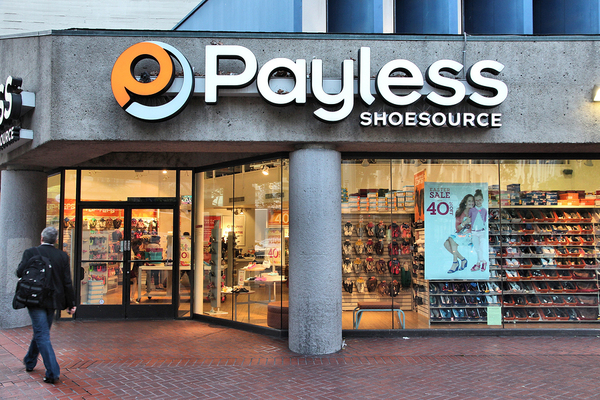View Sale Announcement Detail


Archived news
EXCERPT: Will banks be affected by the massive wave of retail bankruptcies among bricks-and-mortar stores? Though some might be, others will benefit from consumer behavior that remains strong. Consumers are shifting from physical shopping to online shopping.
So far in 2017, the brick-and-mortar retail store sector is seeing a major wave of bankruptcies. The failures of such a venerable retail name as J.C. Penney and other once-popular stores such as The Limited, Payless Shoe Source, and American Apparel have been compressed into the first four months of the year.
 An increasing number of brick-and-mortar stores are going bankrupt.
An increasing number of brick-and-mortar stores are going bankrupt.
Other long-time U.S. retailers like Sears, Macy’s, and RadioShack are also struggling financially.
Many observers are quick to stress that the problem is not with consumer behavior. A report put out by the University of Michigan shows consumer sentiment — a leading indicator of whether the American shopper will reign in retail spending or continue to shop — at a healthy level.
So retail sales proceed apace, but they have changed locations. In part, the economic challenges of brick-and-mortar stores are a result of a paradigm shift. Online retailing is increasingly the dominant way people shop for goods and services, rather than an adjunct to physical shopping.
If you conceptualize the battle for shopping dollars as a war between physical retail stores and online retail purveyors, the former lost and the latter won.
 Online retailing is increasingly the place where shopping happens.
Online retailing is increasingly the place where shopping happens.
A Variable Effect on Banks Likely
Opinions are divided on whether the travails of the physical retail sector will affect banks.
First, again, there is no discernable impact on consumer loan business. JPMorgan Chase reported an 11% rise in average core loans in the last quarter. Credit card sales also climbed at a robust 15%, underscoring the strong consumer behavior.
Second, though, some observers voice anxieties that the retailers’ plunge could mean a gradual deterioration throughout the physical retail space, which could affect lenders.
In malls, spaces could be left empty. While that may benefit some retailers, such as moms and pops looking to expand, empty space may also spell the gradual demise of a mall. Smaller retailers who are doing well and not facing pressure could also be affected by a decline in foot traffic stemming from the closing of retail shops.
It is good news for banks that they don’t, in the main, lend to shopping malls, which are traditionally serviced by real estate investment trusts (REITs).
Banks that do lend to retailers and shopping malls may be increasingly granular when looking at the business going forward. A business where people have to come in, such as a hair and nail salon, may be more attractive than one where that behavior is not required, such as a clothing store.
Many banks who lend to physical retailers do not break out their earnings. In addition, any effect from the early 2017 bankruptcies won’t occur for several months.
Let a Seasoned Loan Advisor Help
Banks that have exposure to the bricks-and-mortar retail sector may want to monitor their portfolios and consult a seasoned loan advisor. Helpful strategies can include selling loans that do not fit investment criteria and buying high-quality portfolios that meet specific needs. Garnet Capital can assist you in optimizing your portfolio.
Sign up for our newsletter today.
Garnet Capital Advisors 500
Mamaroneck Avenue, Harrison, NY 10528
(914) 909-1000
info@garnetcapital.comGarnet Capital Advisors 500
Mamaroneck Avenue, Harrison,
NY 10528
(914) 909-1000